How do I create a Bitcoin wallet?
When you install the app, your Bitcoin wallet is automatically created. You can then receive bitcoin to your wallet immediately, store it safely, and use it as you please.
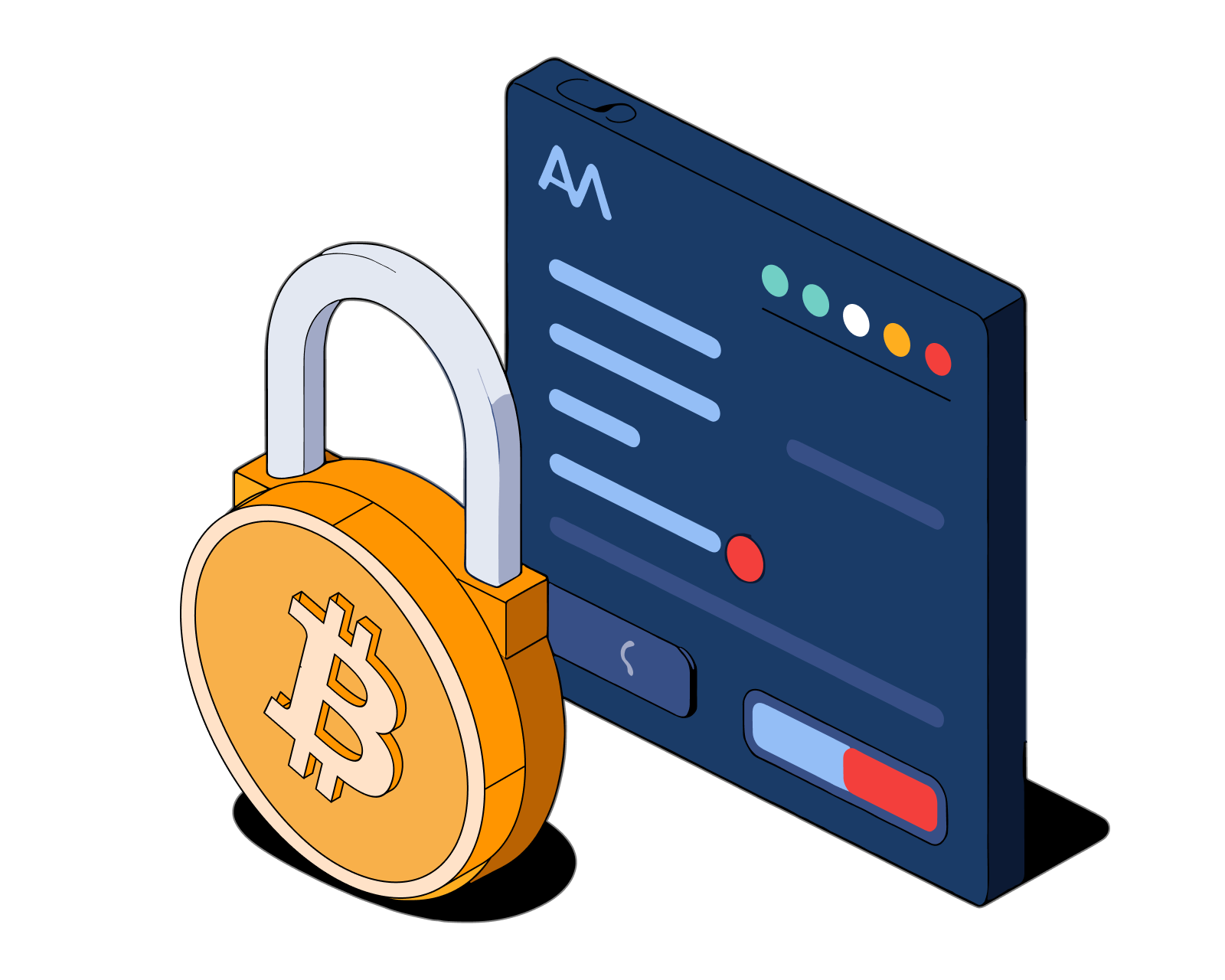
Table of Contents
Which Bitcoin wallet should I choose?
There are a number of wallet apps on the market from a variety of vendors and with different features to choose from. We welcome you to try the Bitcoin.com Wallet, the fully self-custodial crypto wallet trusted by millions.
The Bitcoin.com Wallet is what's known as a 'software wallet'. Quality software wallets provide an excellent combination of security and ease-of-use. Depending on how you're using your bitcoin though, you may want to consider another wallet type. Here's a rundown on the different types of Bitcoin wallets and their respective pros & cons.
Software wallets
Software wallets strike a balance between convenience and security, becoming a popular choice for everyday crypto transactions such as buying, selling, storing, trading, and using.
- Software wallets take the form of an app which is downloaded for free to your phone or desktop. You simply open up the app and can start making Bitcoin transactions almost immediately.
- Since software wallets connect to the Internet, there's a very small risk of hacking. Therefore, it is generally recommended to not store large amounts of bitcoin in your software wallet. That being said, if you follow password management best practices, it's safe to store bitcoin in a software wallet.
- While there have been a few isolated cases of software wallets being hacked, by far the greater risk is that you lose your 'private key,' which is like the password to your wallet. Therefore, it's critical to back up your wallet and store the password somewhere safe.
Tip: Make sure the software wallet you’re using is fully self-custodial like the Bitcoin.com Wallet, meaning only you can access your crypto - not the wallet provider. This protects you from the risk of fraud or bankruptcy by the wallet provider.
Read more: What features to look for in a Bitcoin software wallet.
Hardware wallets
When it comes to safeguarding substantial amounts of bitcoin for an extended period, hardware wallets emerge as the gold standard in security. Indeed, their primary use case is for long-term storage.
- Hardware wallets, also known as cold wallets, are physical devices created specifically for the purpose of storing cryptocurrencies. They offer the best security for your digital assets because they insulate you from the Internet, making it effectively impossible for hackers to infiltrate your wallet.
- Since they take more time to access, hardware wallets aren’t ideal for making frequent Bitcoin transactions. Use them for long-term storage instead.
- As with software wallets, you need to back up your private key and adhere to password management best practices.
Tip: Hardware wallets are well worth the initial cost - especially if you own a lot of bitcoin. To make sure the device isn't compromised, only buy one from a company you can trust.
Centralized exchange wallets
For those stepping into the world of cryptocurrencies, centralized exchanges (CEXs) like Gemini often serve as the initial gateway. These platforms can simplify the buying and selling of bitcoin, especially with fiat currencies. However, the convenience offered by CEXs comes with real risks related to control and security of your digital assets. Keeping your bitcoin on a CEX for a prolonged period of time is strongly advised against.
- Centralized exchanges (CEXs) like Gemini have traditionally been a popular place for many newcomers to buy their first bitcoin because they make the buying process very simple. It's like opening a trading account.
- However, the CEX itself retains control over the funds in your account. Not only does this expose you to the risk of the exchange getting hacked or going bankrupt, it also means you have to ask for permission to withdraw your bitcoin, wait longer to withdraw, and usually pay higher transaction fees for withdrawals.
- We recommend using centralized exchanges only for trading (not for storing your bitcoin).
Tip: CEXs are not a secure place to store digital assets. Once you’ve bought your bitcoin, you're advised to move it to your software or hardware wallet if you don't plan on trading it immediately.
Paper wallets
Paper wallets offer a unique, physical medium to store and gift cryptocurrencies. They imbue the essence of traditional financial instruments, like cash or bearer bonds, into the crypto ecosystem. Similar to hardware wallets, they provide offline storage for your digital assets, yet offer a different, often cost-effective approach to securing your cryptocurrencies.
- Paper wallets are created by downloading a software package, then running the software (for security, preferably in an offline environment) to generate a public/private key pair which you print out on a piece of paper. Having created a paper wallet, you can send any amount of bitcoin to the wallet address. To spend it, you use the private key written on the paper to sign the spend transaction.
- Like hardware wallets, paper wallets allow you to store bitcoin completely offline. This makes them a lower-cost alternative to hardware wallets.
- Since the public/private key pair is written on the paper, handing over the paper to another person is similar to handing over a cash note. This makes paper wallets a novel way to exchange bitcoin face-to-face.
You can create your own Bitcoin Cash paper wallets at Bitcoin.com Paper Wallet.
You can learn how to create a Bitcoin paper wallet here.
Related guides
Start from here →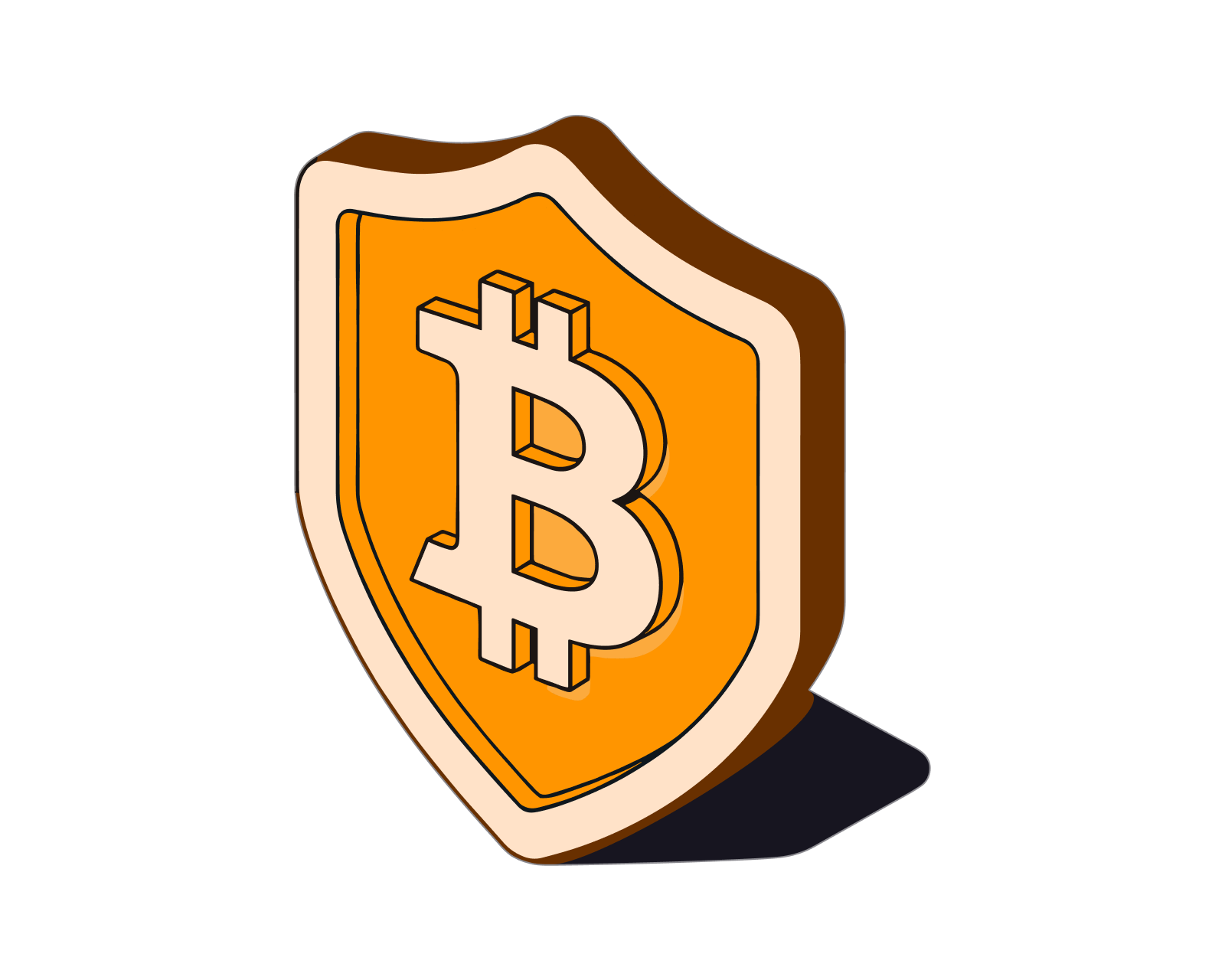
What's a 'self-custodial' wallet?
Understand how the self-custodial model puts you in charge of your cryptoassets and protects you from third-party risk.
Read this article →
What's a 'self-custodial' wallet?
Understand how the self-custodial model puts you in charge of your cryptoassets and protects you from third-party risk.
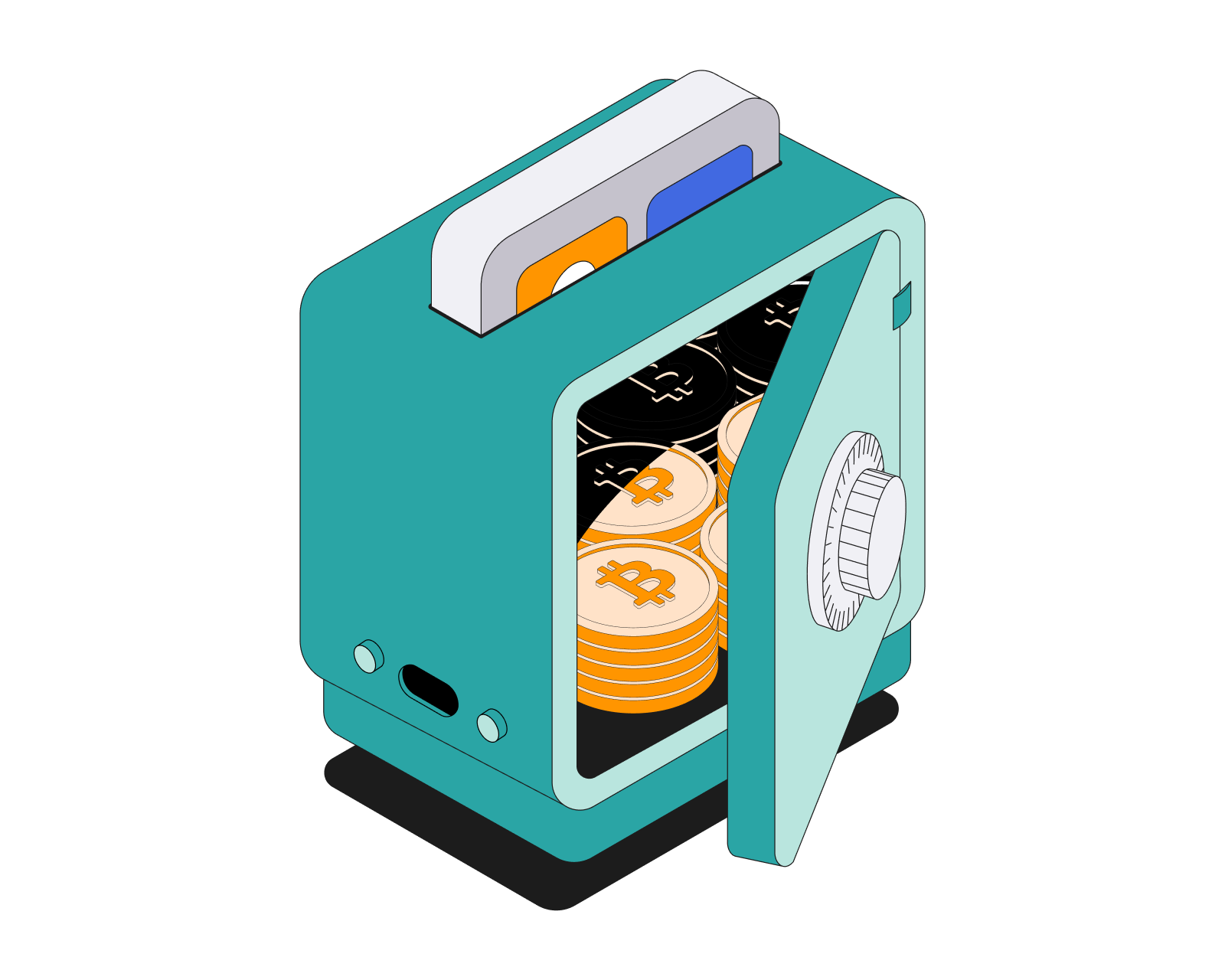
How do I keep my cryptoassets safe?
Make sure your cryptoassets are safe with these simple tips.
Read this article →
How do I keep my cryptoassets safe?
Make sure your cryptoassets are safe with these simple tips.

How do I receive bitcoin?
To receive bitcoin, simply provide the sender with your Bitcoin address, which you can find in your Bitcoin wallet. Read this article for more details.
Read this article →
How do I receive bitcoin?
To receive bitcoin, simply provide the sender with your Bitcoin address, which you can find in your Bitcoin wallet. Read this article for more details.

How do I send bitcoin?
Sending bitcoin is as easy as choosing the amount to send and deciding where it goes. Read the article for more details.
Read this article →
How do I send bitcoin?
Sending bitcoin is as easy as choosing the amount to send and deciding where it goes. Read the article for more details.
STAY AHEAD IN CRYPTO
Stay ahead in crypto with our weekly newsletter delivering the insights that matter most
Weekly crypto news, curated for you
Actionable insights and educational tips
Updates on products fueling economic freedom
No spam. Unsubscribe anytime.
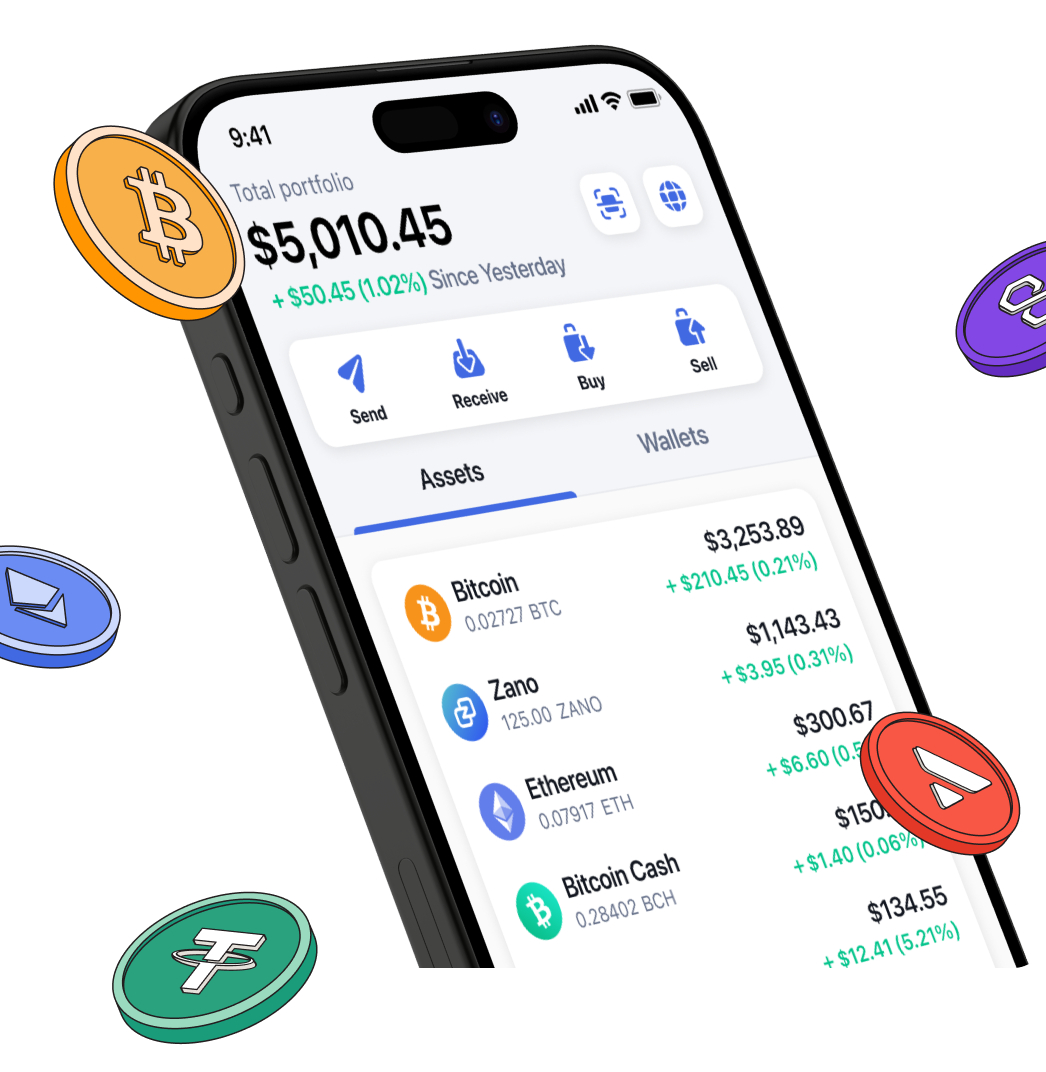
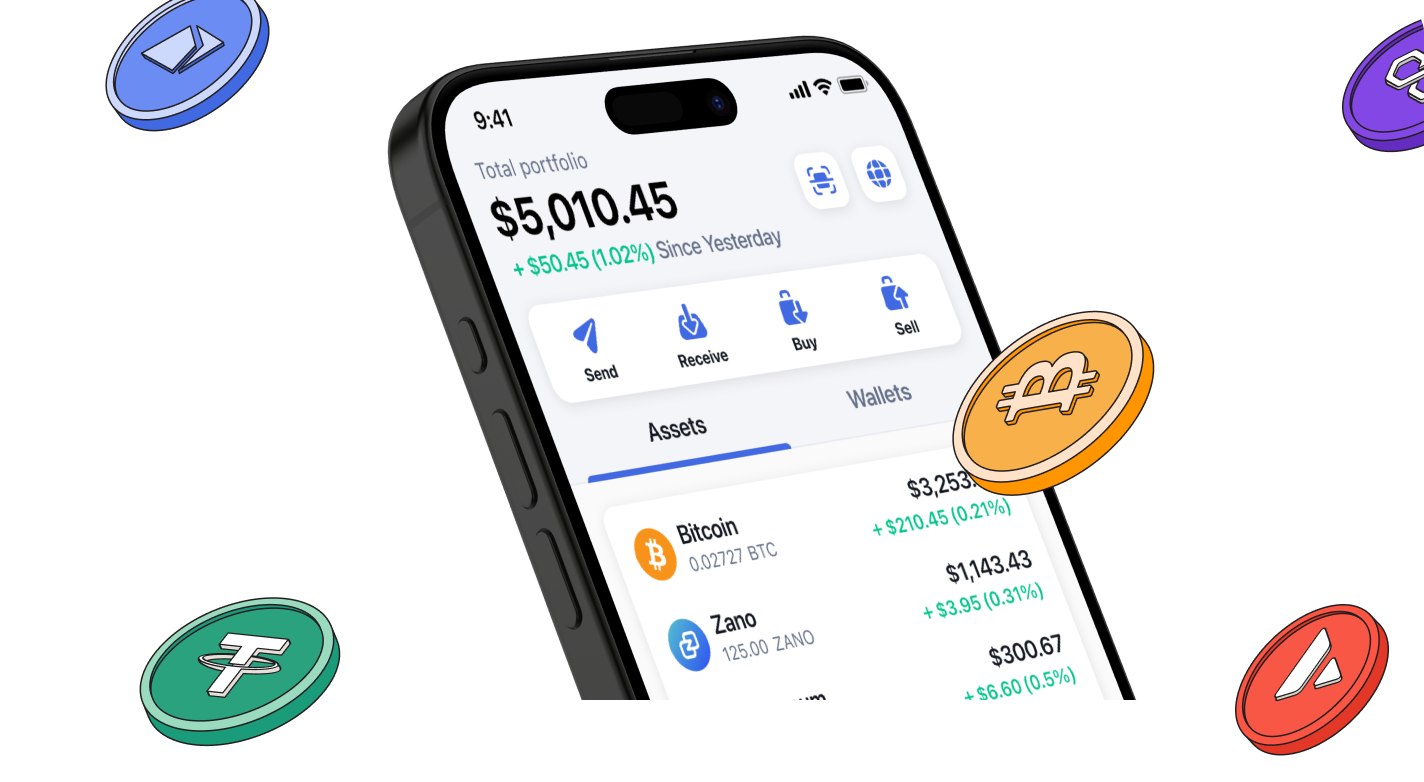
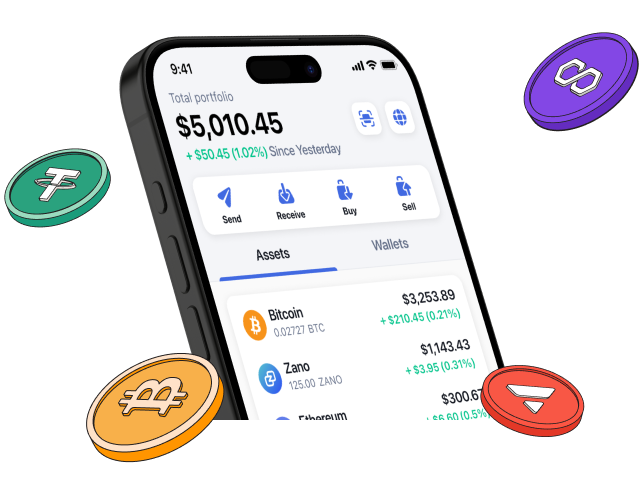
Start investing safely with the Bitcoin.com Wallet
Over wallets created so far
Everything you need to buy, sell, trade, and invest your Bitcoin and cryptocurrency securely

© 2025 Saint Bitts LLC Bitcoin.com. All rights reserved


